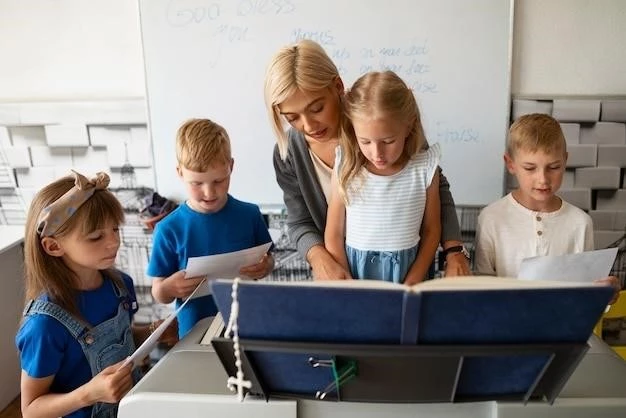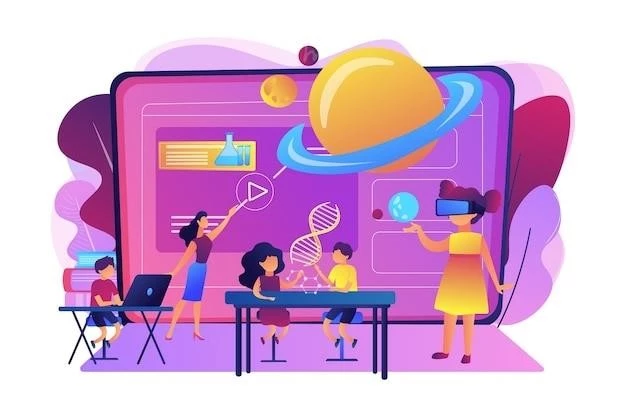Technology has revolutionized the way we live, work, and learn. In the realm of education, its impact has been profound, transforming the learning experience for both students and educators. As someone who has witnessed firsthand the transformative power of technology in the classroom, I can confidently say that it has become an indispensable tool in modern education.

Enhanced Access to Information
One of the most significant contributions of technology is the unprecedented access to information it provides. With the internet at our fingertips, students can explore a vast repository of knowledge on any subject imaginable. Gone are the days of relying solely on textbooks and limited library resources. Online platforms, digital libraries, and search engines have opened up a world of possibilities for students to delve deeper into their areas of interest and expand their horizons.
I remember when I was in school, we had to rely on the school library for our research. Now, I can access information from anywhere in the world with just a few clicks. This access has not only made my research more comprehensive but has also fostered my curiosity and thirst for knowledge.
Personalized Learning Experiences
Technology has also enabled personalized learning experiences, tailoring instruction to meet the unique needs of each student. Adaptive learning platforms, for example, can track student progress and adjust the difficulty level of assignments accordingly. This personalized approach ensures that students are challenged and supported at their own pace, maximizing their learning potential.
I have personally benefited from personalized learning experiences. When I struggled with a particular math concept, my online tutor provided me with targeted exercises and explanations that helped me grasp the material. This individualized approach made a significant difference in my understanding and confidence.
Collaborative Learning and Communication
Technology has revolutionized the way we collaborate and communicate in the classroom. Online platforms and collaborative tools have made it easier for students to work together on projects, share ideas, and provide feedback. Video conferencing allows for virtual group discussions and presentations, even when students are physically separated. This enhanced collaboration fosters teamwork, communication skills, and a sense of community among learners.
I have found that collaborating with my classmates online has been incredibly enriching. We can brainstorm ideas, share resources, and provide each other with support, even when we are not in the same room. This has made learning more engaging and interactive.

Engaging and Interactive Learning
Technology has made learning more engaging and interactive. Multimedia resources such as videos, simulations, and interactive games can bring complex concepts to life and make learning more enjoyable. These resources cater to different learning styles and preferences, making it easier for students to understand and retain information.
I recall using interactive simulations to learn about the human body in my biology class. These simulations allowed me to explore different organs and systems in a fun and engaging way, which made the learning process more memorable.
Challenges and Ethical Considerations
While technology has undoubtedly brought numerous benefits to education, it is not without its challenges. Concerns about digital divide, cyberbullying, and the potential for distraction are real and need to be addressed. It is crucial to use technology responsibly and to implement safeguards to ensure a safe and equitable learning environment.
It is important to remember that technology is a tool, and like any tool, it can be used for good or for bad. It is up to us to use it wisely and ethically to create a positive and impactful learning experience for all.
Conclusion
The role of technology in modern education is undeniable. It has transformed the learning experience, providing students with enhanced access to information, personalized learning experiences, collaborative opportunities, and engaging learning resources. As we continue to embrace technological advancements, it is essential to address the challenges and ensure that technology is used responsibly and ethically to create a future where all students have access to a high-quality education.










